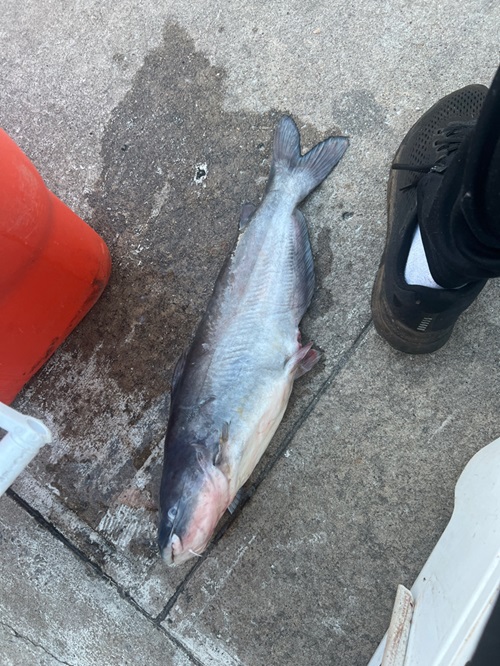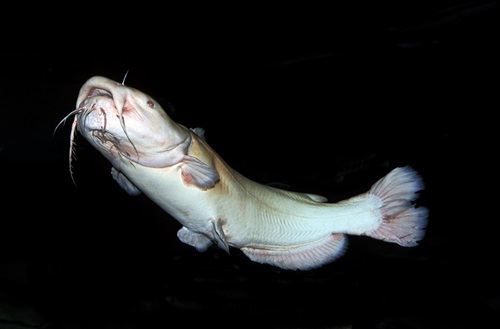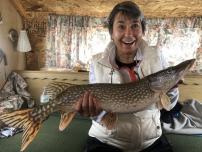
Photo of angler with Northern Snakehead © Stanislav Komogorov | Dreamstime.com
We’ve said it before and we’ll say it again: Sometimes, people just want to see a villain in handcuffs. But what’s even more rewarding than that? Collecting a monetary reward for helping out with the manhunt – or in the case of one organization in Maryland, the fish hunt.
The Environmental Justice Journalism Initiative (EJJI) has announced the return of Reel Rewards, a community-powered program that promotes sustainable fishing practices and helps control invasive species in the Baltimore Harbor. The 2025 season began on April 26 and will run to July 26.
Realistically, there has never been a better time to weed out invasive species, since more emphasis than ever is being placed on sustainable fishing pracitices.
Participants in Reel Rewards are encouraged to catch invasive species like Northern Snakehead, Blue Catfish and Flathead Catfish within the program boundaries, and bring the fish heads to designated drop-off locations on specific days. In return, each invasive fish head submitted will earn $30, supporting local anglers while providing critical data to scientists and environmental managers.

Last year, during the first three months of the program, the following amount of fish were turned in:
- 256 Snakeheads
- 37 Blue Catfish
- 6 Flathead Catfish
During those three months, $8,460 worth of bounty went directly to anglers in the form of virtual Visa gift cards. A total of 331 anglers participated, and the organization is looking to have an even higher number this year.
New for 2025, the boundaries of the program have been expanded, with the catch area extending beyond the Middle Branch of the Patapsco River to include the entire Baltimore Harbor area, up to the former site of the Key Bridge.
The expansion allows more local fishers to participate and contribute to regional invasive species management efforts.
Reel Rewards is hosted by EJJI (a non-profit organization dedicated to environmental justice and community), funded by South Baltimore Gateway Partnership, and presented in partnership with Reimagine Middle Branch, the Middle Branch Resiliency Initiative and the Coastal Conservation Association of Maryland.
Oh, and it engages and educates anglers, too, who may have the most to lose at the hands (fins?) of fish like the Northern Snakehead, Blue Catfish and Flathead Catfish that threaten the Chesapeake Bay’s ecosystem and economy:
- All species are apex predators and can wreak additional havoc on waterways where there is a lack of local predators
- Invasive fish outcompete native species important to anglers and businesses
- All three species are incredibly resilient to environmental and diet changes
- Snakeheads and both types of catfish have a high offspring survival rate
The snakehead’s survival ability has been boosted by the fact that it can actually crawl out of water to move to other areas; this is seen more in juvenile fish rather than adults.
(All together now: YUCK.)

According to EJII, “It is important to remove and study these invasive fisheries to better address their environmental impacts. It is also important that the public recognizes the impacts that these species have and help stop the spread of these fish.”
Registration information for the Reel Rewards program can be found here. The program uses the iAngler platform, found in the App store. Maps and other geographic information, including illustrations of fish, can be found here.
Event owners and others who would like to plan a joint event or educational engagement are encouraged to contact EJJI at: veronica@ejji.org.

